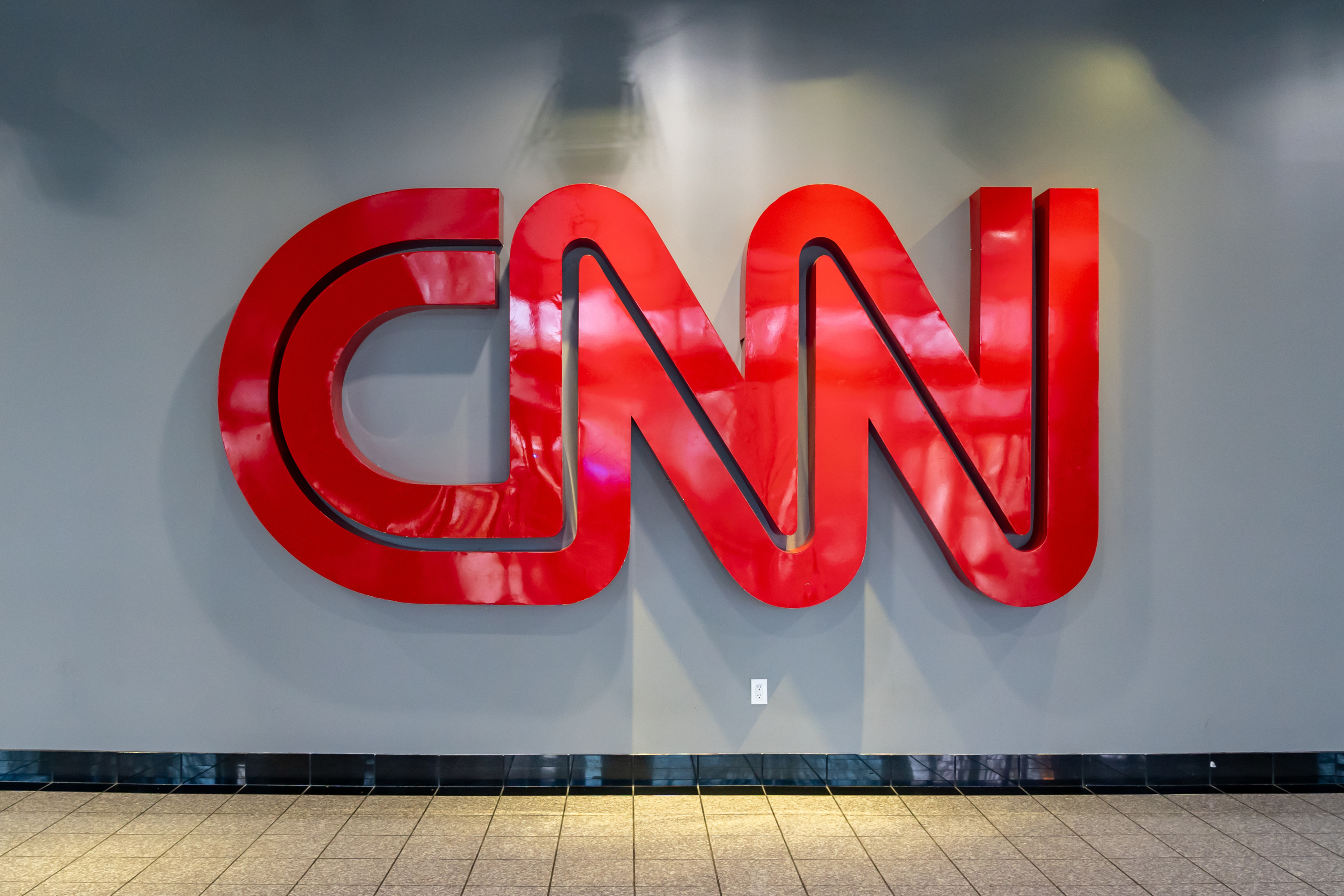This is a warning to anyone who relies on free internet content for their news. If CNN on-air is compromised (as I’ve chronicled), then the network’s videos posted online are even worse.
Let me explain. Cable outlets like CNN cannot post every show segment online due to restrictions by cable carriers which don’t want content given away for free. So at CNN, a team of over 100 people dedicated to digital video select the TV clips they expect will get the most traffic online to boost their ability to sell digital ads on platforms, like YouTube and Facebook. What that means is online you’re likely to get the most polarizing content CNN makes.
To test this, I compared CNN TV content to what it posted online during the same 24-hour time period October 26-27. On CNN’s YouTube channel, a pretty good facsimile of what gets posted elsewhere online, it posted thirteen clips on a range of ten different topics. I was pleased to see a segment online about COP26, the climate change summit, and one about China and Taiwan. But the subject matter mosty mirrored content during primetime on TV: Donald Trump, GOP antics, horse-trading politics (not policy), and COVID controversies.
Seven of those thirteen clips—such as, “Haberman on Trump letter: he doesn’t care if he seems desperate” and “GOP senators erupt at Garland in heated hearing”—were, in my judgement, more polarizing or based on conflict than informative.
By comparison, what was on air was far more expansive and informative (outside of primetime in any case). During that 24-hour period, the network aired more than 170 segments spanning at least 45 different topics.
And while primetime tilted heavily toward the shooting on the set of the movie Rust, and political and polarizing content overall, by my count, only about a third of the TV segments (62) skewed towards polarization (as opposed to more than half online).
There were segments about China’s possible nuclear test, inflation, the coup in Sudan, the Taliban, and two useful discussions about the proposed billionaire tax. Unsurprisingly, none of that aired during primetime. To benefit from it, you would have had to watch during daytime working hours or in the middle of the night. Overnight, most hours began with Sudan or the risk of COVID at the Beijing winter Olympics.
CNN’s digital audience is massive so these disparities make a meaningful difference in the news people consume. The network recently boasted being ranked first in “US unique visitors for more than five consecutive years… with more unique video viewers and minutes spent than on any other news publisher.”
Altogether, CNN had 100 million unique visitors last month, the eighth month in a row. While CNN’s homepage is flush with useful content, most people prefer to watch the news than to read it, even those who have cut the cord, so print articles aren’t as likely to get consumed.
Based on recent ratings (even though they likely are not accurate), CNN’s linear TV audience averaged 735,000 total viewers per hour in primetime and 516,000 in total day. And video posted online endures over time, too, increasing its influence, not like the watch it or miss it experience of old-fashioned TV.
Audiences should be aware that producers don’t necessarily ponder what’s best for the viewers when deciding what to post online. They choose what is most likely to get a click—and so, once more, divisive content gets amplified.
Ariana Pekary is the CJR public editor for CNN. She was an award-winning public radio and MSNBC journalist for two decades. Now she focuses on the systemic flaws of commercial broadcast news. She can be contacted at publiceditors@cjr.org or on Twitter @arianapekary.

